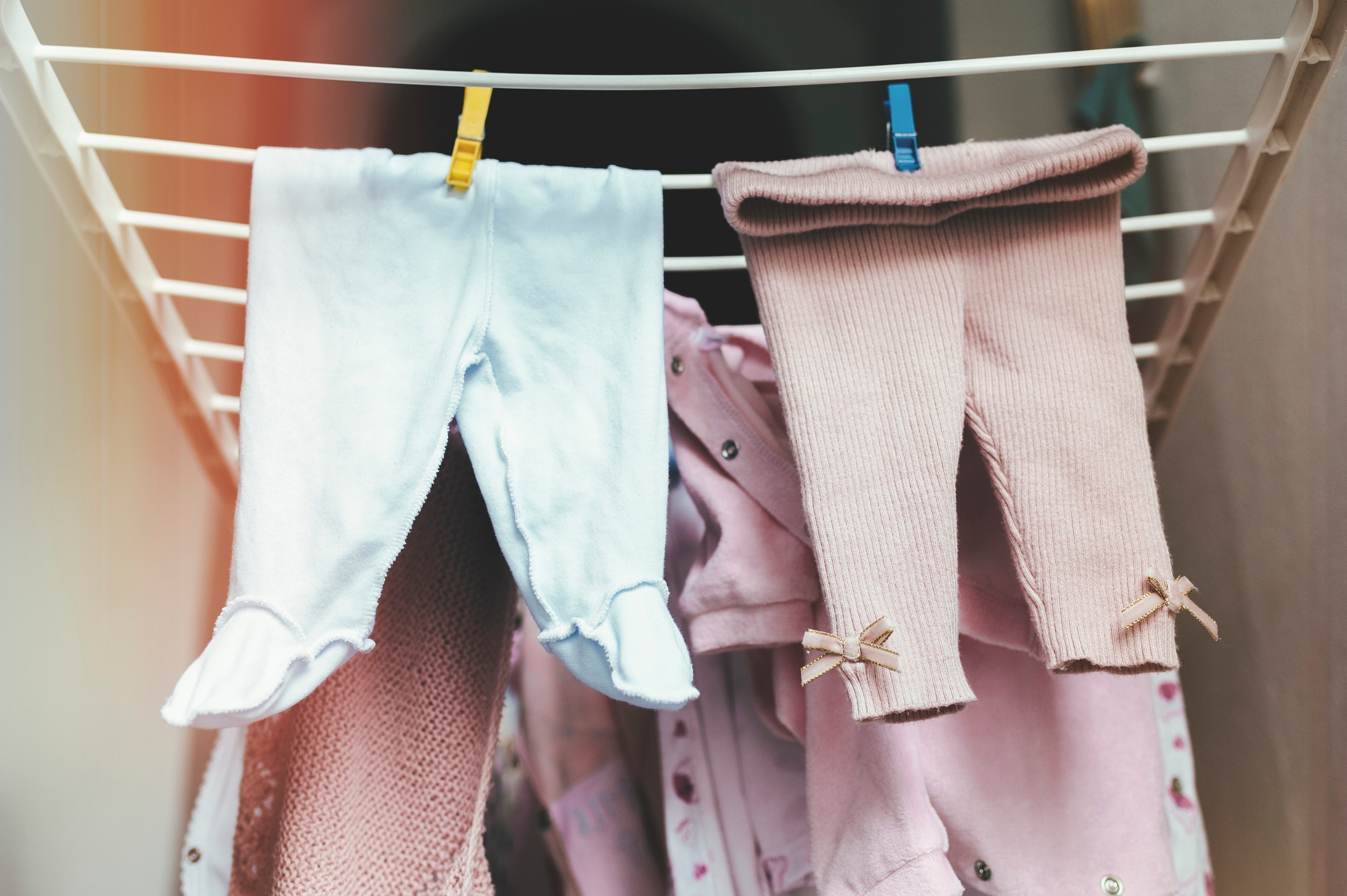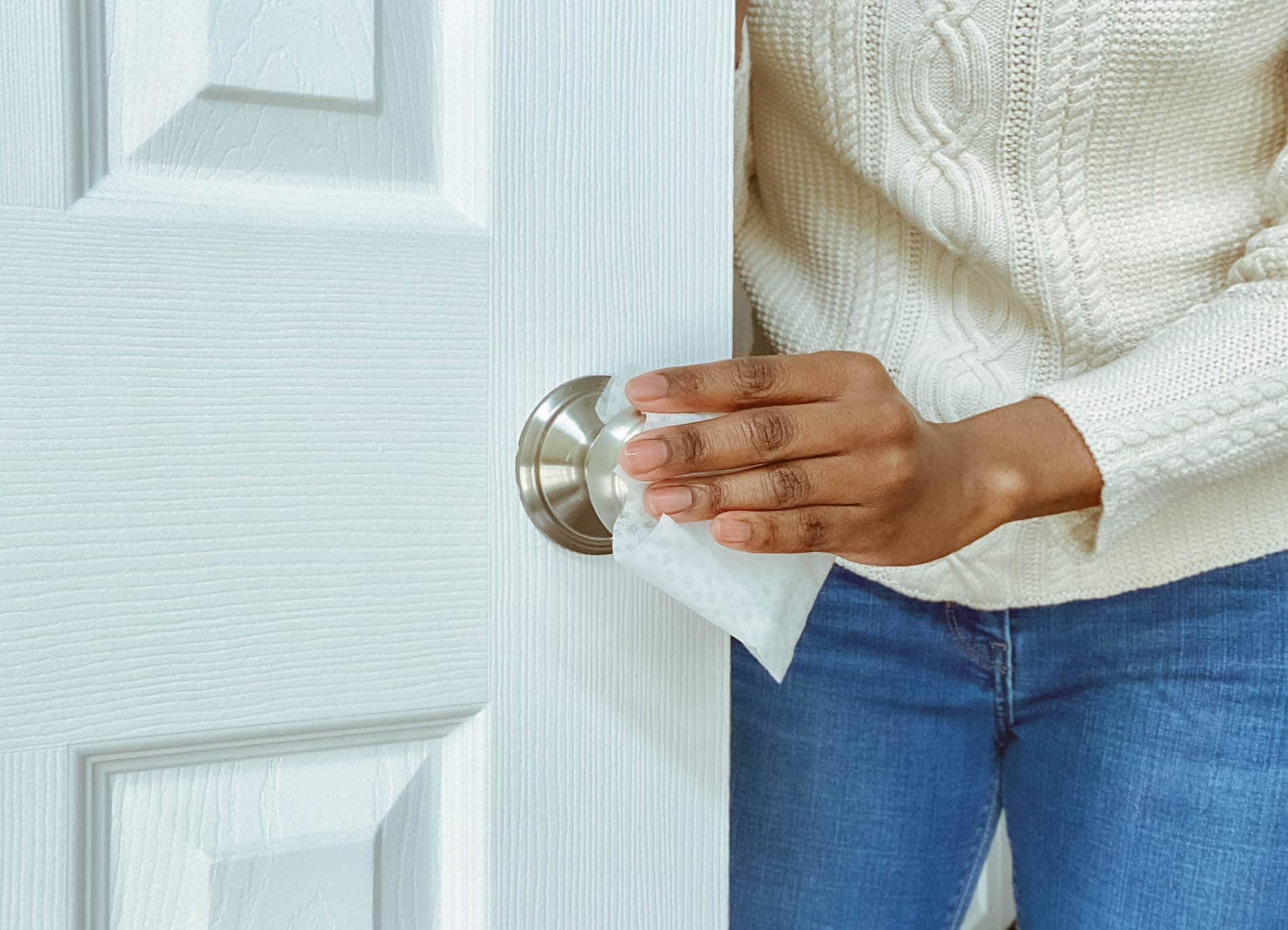In this article
Random school papers and artwork. Clothes that don’t quite fit, but might someday. Hobby clutter, toy clutter, knick-knack clutter. How on earth does all this clutter build up so quickly, and what exactly can you do about it?
We often avoid tackling clutter because of emotional overwhelm — and the more we avoid the clutter in our lives, the more it builds, both literally and emotionally, says Krista Walker, therapist and clinical director at The Ohana Addiction Treatment Center. As such, the best way to deal with clutter is to start small and to tackle one piece of clutter at a time, in manageable chunks.
“Start with one thing,” Walker explains. “That could be simply sorting through the mail.”
Once you tackle the first thing, it will feel much easier to move onto the next task. The overwhelm you feel will start to melt away and you’ll be able to move onto larger tasks, Walker assures. Here’s how to get rid of clutter once and for all and reclaim your calm.
Key takeaways
- Clutter piles up due to our busy lives, delayed decision making and because so many of our items don’t have a “home.” The way to manage clutter is to start small, starting with one room or area and doing a little decluttering each day.
- Clutter can be prevented by ensuring that each item in your house has a spot, and that you periodically donate or thrash unwanted items and that you stop yourself from impulse purchases.
- You can prevent clutter by instituting a two-day waiting period when you make purchases and by getting rid of something every time you buy something new. Alternatively, hiring a professional cleaner or organizer is an affordable way to get organized.
Why does clutter happen?
In order to get rid of clutter, you first need to figure out where it’s coming from. Clutter happens for so many different reasons, most of them unique to our personalities and life circumstances. Here are some possibilities.
Busy and hectic lives
“We tend to let clutter build up when we are extremely busy or overwhelmed,” Walker notes. Between work and family obligations — plus the real need to unwind and take care of our bodies and souls — it can feel impossible to tackle anything else. Often, the “stuff” of our lives gets neglected.
Delayed decision making
“There’s a lot of shame around clutter, but I promise it’s not laziness,” says Ryan Knoll, who runs Tidy Casa, a home cleaning service in Phoenix and Tucson, Arizona. “It comes down to delayed decision-making.”
In other words, clutter happens when we haven’t had a chance to decide whether we want something or not, and it just sort of sits in our homes, taking up space. “Things pile up when we get busy, tired or emotionally attached to things we don’t use,” Knoll says.
Items without a home
You likely have a place for your coffee mugs, shoes, medication and dirty laundry (though, yes, something the hamper gets overfull!). But when you haven’t assigned a designated “home” for new items you acquire, clutter starts to build, says Pam Hoepner, professional organizer and owner of Life, Creatively Organized. This can apply to items like kid art projects, incoming online purchases and mail, large new toys or any newly acquired item that doesn’t have a designated resting place.
“It’s why things pile up on counters, tables and in closets,” Hoepner says. In cases where you haven’t given an item a designated “home,” the motto of “I’ll put it away later” simply doesn’t apply, and so items start to pile up.
How to get rid of clutter
Managing your clutter means taking a proactive approach (i.e., staying on top of the clutter so it doesn’t get the better of you). Here are some practical and helpful tips from our experts to help you actually solve the problem.
1. Have a place for every item in your home
You truly need to have a place for every item in your home, including any new items that enter your home, says Hoepner. Then, you need to keep them there. “That way, you will always know where to find it, and you will train yourself to look for it in that place every time you need it,” she says.
That might look like having a specific tray where you put your incoming mail, rather than piling it up on the kitchen table. It might look like labeled bins for toys and toiletries, and baskets and bins for random knick-knacks and other items.
2. Donate, trash or sell
In addition to having “homes” for all your items, you must go through the items in your home periodically, especially the ones that seem to pile up most, like:
- Mail.
- Food and snack items.
- Kids’ toys.
- Personal care items.
“At least once a month, donate, gift, sell or trash unwanted items, so that your space is only filled with items you use and love,” Hoepner recommends.
3. Manage your clothing clutter
Clothing is one of the things that seems to bring the most clutter into people’s homes. Hoepner has a unique method for managing clothing clutter:
- First, take inventory of the clothes you already have. Ask yourself: Is there a stain? Is it itchy? Does it fit? If you were shopping, would you buy it?
- Get rid of any clothes you don’t want. Donate what you can, but get rid of anything with damage, holes, or visible wear and tear.
- Turn all the remaining clothes hangers backwards in your closet. As you wear an item and rehang it, hang it the right way round.
- In six months, or at the end of the summer or winter season, take inventory again. All of the clothing items that are still hung backwards have not been worn in six months, and you can consider getting rid of them.
“This visual is very helpful for people who struggle with keeping things they aren’t using to be able to let go and gain more space for things they do use,” Hoepner shares.
4. Manage kid clutter
Kid “stuff” is another major source of clutter. Here’s what Hoepner recommends:
For kids with cluttered rooms, a month or so before their birthday or the holidays, have them get rid of the same number of toys as their age. For example, turning 6? Get rid of six things to make room for new items.
“Kids know which toys are broken or missing pieces or games they no longer play, and they can easily discard those,” Hoepner says. “If it’s hard getting rid of them altogether, it can be helpful to store about a third to a half of their toys for a few months, and then bring them back out.”
Either your kids will be happy to play with them or realize that they don’t really miss them. In that case, it will be easier to get rid of them.
5. Get rid of things that aren’t serving you
“I’m a huge fan of the KonMari Method,” says Knoll. The KonMari method, popularized by Marie Kondo, is a simple method that requires you to take a deep look at your “stuff” to determine if it’s still truly serving you. It sounds simple, but the impact can be profound.
“The key to KonMari is picking the items up and asking yourself, ‘Does this bring me joy?’ It’s a simple test,” he says. If the item doesn’t bring you joy, you truly don’t need it in your life and you can donate, sell, or toss it.
“Having less stuff generally will make you feel better and make the clutter easier to maintain,” Knoll adds.
How can busy people stay organized?
Let’s face it. Part of the reason we don’t always manage our clutter well is because we simply don’t have time for it. On a typical day where we are working, tending to family and putting out a million little fires, who has the time to deal with the clutter piling up on the coffee table, in the corners of our bedrooms and in our home’s entryway?
Organization isn’t easy, but our experts offer the following practical tips to help simplify the process.
Do a little bit each day
Walker says that dealing with clutter feels much easier when you tackle it little by little. “Set aside 20 minutes a day to sort through things and put things back into their proper places,” she says. “That can keep it from being overwhelming.”
Only focus on one area at a time
Facing a whole house or room filled with clutter can definitely feel overwhelming. That’s why Knoll recommends focusing on one thing at a time. “Pick one room, one corner, or just that one box you need to unpack,” he says. “Find each item a home, clean the room out, whatever needs to happen.”
Then, go on to the next thing when you’re ready. “Most of the time, once you start, it will be hard to stop,” Knolls says. But if you do stop, just make sure to set a designated time to come back and tackle another mess.
Find what works for you and ignore the rest
It can be easy to get overwhelmed by different cluttering methods or tips. Walker emphasizes finding what works for you. Ask yourself: What makes the most sense in your home?
A fancy shoe organizer stored in the closet might seem like a good idea, but how likely are you to use it? “For instance, if you like to take off your shoes when you come home, put a shoe cabinet right by the front door,” says Walker. “That makes it easier to stay organized.”
How do you prevent clutter?
Prevention is where it’s at when it comes to reducing clutter. If clutter doesn’t have a chance to pile up, it might never become a problem. With that in mind, here are some ways to prevent clutter in the first place.
Two-day waiting period for purchases
Are you a bit of an impulse buyer? Hoepner has some sound advice for you: institute of a two-day waiting period for purchases.
“If it is something you want, especially a large ticket item, wait two days before actually purchasing it,” she says. “Online shopping, clearance aisles, garage sales and thrift stores all make it very easy to purchase items that weren’t even on your radar.” Waiting gives you time to really think about whether a particular item will work in your space.
Bring on thing in, take one thing out
Before deciding whether to purchase something, ask yourself:
- Does something else need to go to make room for it?
- What problem does it solve?
- Will I really use it?
“If you struggle with bringing in new decor, knick-knacks or even toys or kitchen items, make it a rule to get rid of one unused or unwanted item before a new one can come in,” Hoepner recommends.
Bring in professional cleaning help
If you’ve tried everything you can think of to get yourself motivated to deal with clutter, but are still struggling, don’t be afraid to reach out for help. A licensed therapist can help you manage any mental or emotional blocks to decluttering. And, if it’s in your budget, consider hiring a professional cleaner or organizer to help get your clutter in order. It’s more affordable than you might think, and they help you come up with systems that keep it under control.
Read more:
The key to decluttering: Make it fun and rewarding
Here’s probably the most important ingredient when it comes to dealing with and managing your clutter: You’ve got to make the process pleasurable and rewarding.
“I personally like to listen to music when I clean up clutter, fold laundry or do other tasks around the home,” says Walker. This makes the task more manageable, pleasant and even enjoyable at times, she says.
Building in rewards can also motivate you to keep going, Walker adds. Consider offering yourself a small reward for accomplishing each task. “That might be a relaxing cup of herbal tea, for instance,” she explains. It doesn’t have to be fancy. It’s best to think of something simple but special that you will personally find satisfying.





